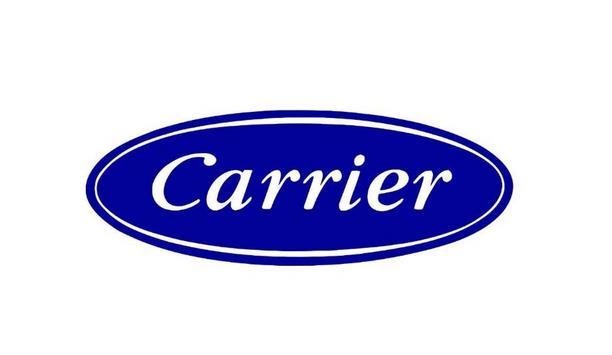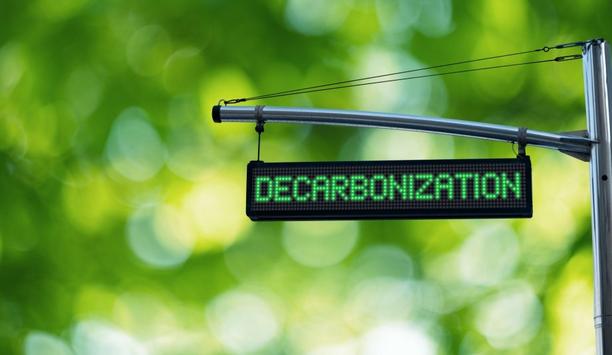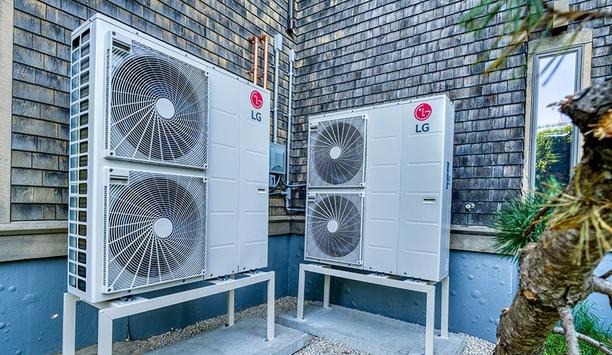A renowned ventilation specialist has urged businesses to consider the role that ventilation can play in maximizing the health and safety of employees as they return to work. Alan Macklin, Technical Director at Elta Group and Chairman of the Fan Manufacturer’s Association (FMA), has drawn attention to the critical role that ventilation will play as the UK begins transitioning out of lockdown.
With many workspaces having been unoccupied for a prolonged period of time, guidance has been issued by the American Society of Heating, Refrigerating and Air-Conditioning Engineers (ASHRAE) on how to optimize ventilation as buildings reopen. Recommendations include to purge ventilate for two hours before and after occupancy, and to maintain trickle ventilation even when the building is not occupied i.e. overnight.
indoor air quality
As many systems have been inactive for several months, a thorough and strategic approach must be adopted to ensure the health and safety of employees.
Alan comments: “For several years, there has been a focus on increasing the energy efficiency of commercial spaces. While this is understandable and important in its own right, it has all-too-often been at the expense of both building and occupant health, with increasingly air-tight structures leading to a reduction in indoor air quality (IAQ)."
healthier working environment
It’s important to stress that we still don’t know enough about the virus to make definitive recommendations"
“Following the devastating impact of the COVID-19 crisis, there must now be a focus on health and good IAQ in workspaces. By following the guidance on how to use ventilation systems effectively after a period of inactivity, businesses can contribute to a healthier working environment for employees.”
Ongoing research into the transmission of COVID-19 has highlighted another facet of indoor air that could impact occupant health – relative humidity levels. That’s because alongside a number of health concerns, such as asthma or skin irritation, evidence suggests that dry indoor air can result in higher rates of infection transmission.
using ventilation systems effectively
Alan continues: “Finding the optimum relative humidity level can be challenging, because if it goes too far the other way and air is too humid, it can cause health problems of its own. Research into this area has been accelerated as a result of the coronavirus, and there is currently a general consensus that between 40-60% humidity is optimum for occupant health."
“It’s important to stress that we still don’t know enough about the virus to make definitive recommendations. However, the pause in activity necessitated by the lockdown has presented us with the opportunity to re-set our ventilation priorities, and gear it towards optimizing the health of both the structure and its occupants. By adopting a measured approach to the re-opening of buildings, and using ventilation systems effectively, we can ensure that our air is as safe and healthy as possible.”
















